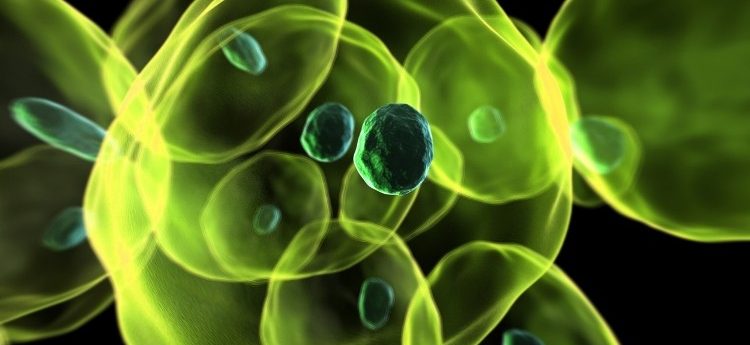Adipose stem cells could be controlled by omega-3

Researchers have found that adipose stem cells can sense and respond to the levels of omega-3, altering their behavior.
Researchers from Stanford Medical School (CA, USA) have identified a mechanism by which adipose stem cells can detect fatty acids within their environment and alter their behavior accordingly. A cellular structure, termed the ‘primary cilium’, was demonstrated to bind fatty acids and alter the stem cells’ division. How fat is managed within the body can have a wide range of implications including health conditions such as diabetes and heart disease. It is the hope of the researchers that this will lead to a better understanding of how humans allocate their fat reserves.
The primary cilium has been evolutionarily conserved and has long been linked to obesity and insulin resistance, with defects in the cilium resulting in constant hunger. However, it was not known how the primary cilium influenced these outcomes directly. Published in Cell, the new research described how the primary cilium bound omega-3 to its FFAR4 receptor and increased cell division, resulting in a high number of smaller fat cells.
“When we saw that the cell was responding to omega-3 fatty acids, we realized that this had changed from just a molecular biology story to a story showing the molecular biology of how diet controls stem cells,” recounted Peter Jackson (Stanford University). “What you want is more, small fat cells rather than fewer, large fat cells. A large fat cell is not a healthy fat cell. The center is farther away from an oxygen supply, it sends out bad signals and it can burst and release toxic contents.”
Large fat cells have previously been linked to negative health conditions such as insulin resistance and diabetes, so the team were intrigued to discovery that exposure to saturated fatty acids led to an accumulation of fats without cellular division, leading to fewer, but larger, cells. This also occurred when the cells had the FFAR4 receptor blocked, suggesting how saturated fats could be involved in disease development.
The researchers hope that this research will allow a better understanding of how the human body manages fat reserves and highlights the importance of stem cell biology in the field.
Sources: Hilgendorf K, Johnson C, Mezger A, et al. Omega-3 Fatty Acids Activate Ciliary FFAR4 to Control Adipogenesis. Cell. doi:10.1016/j.cell.2019.11.005 (2019) (Epub ahead of print); http://med.stanford.edu/news.h…